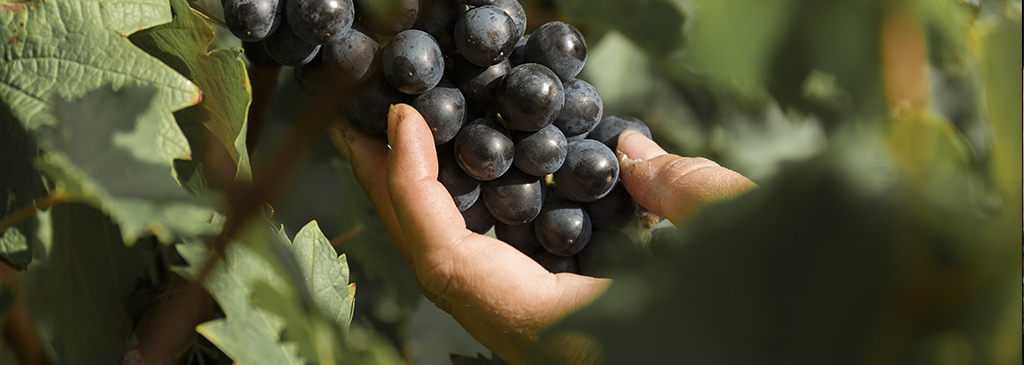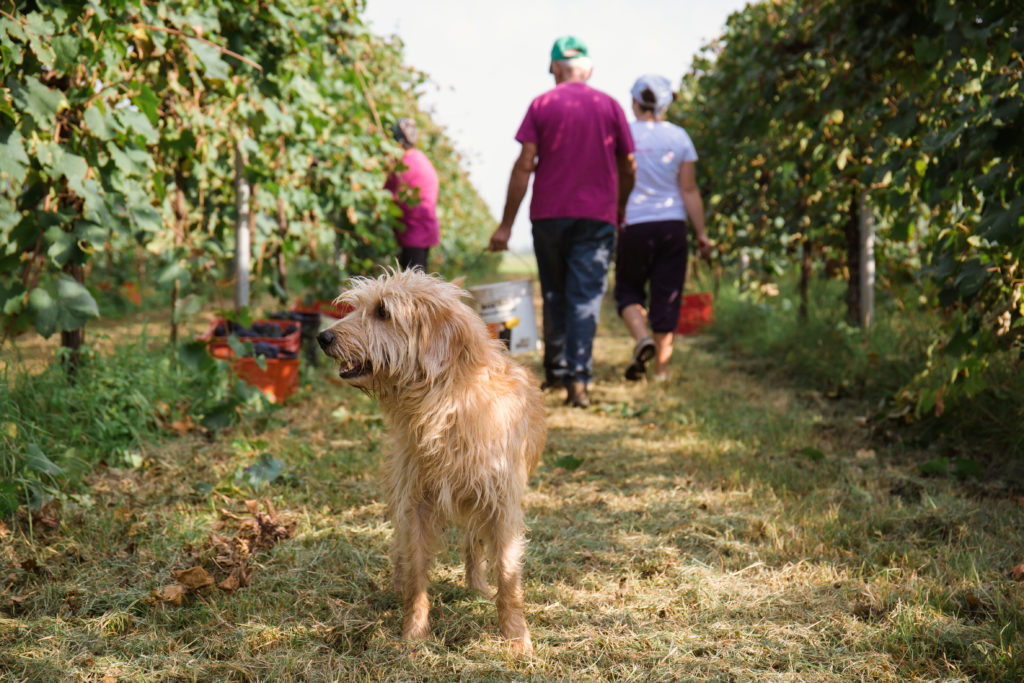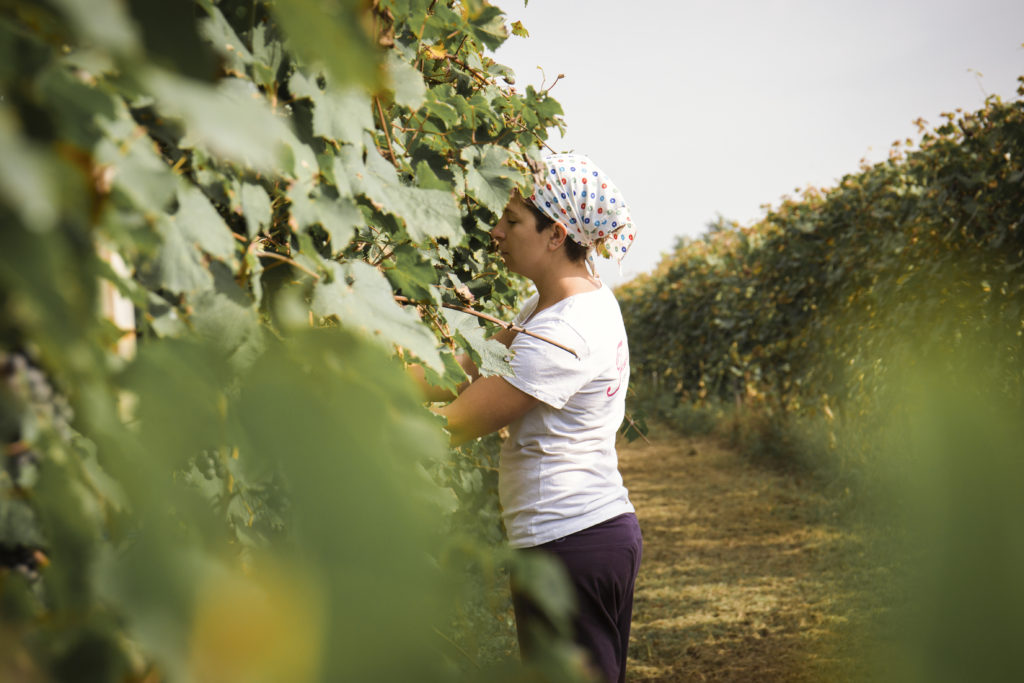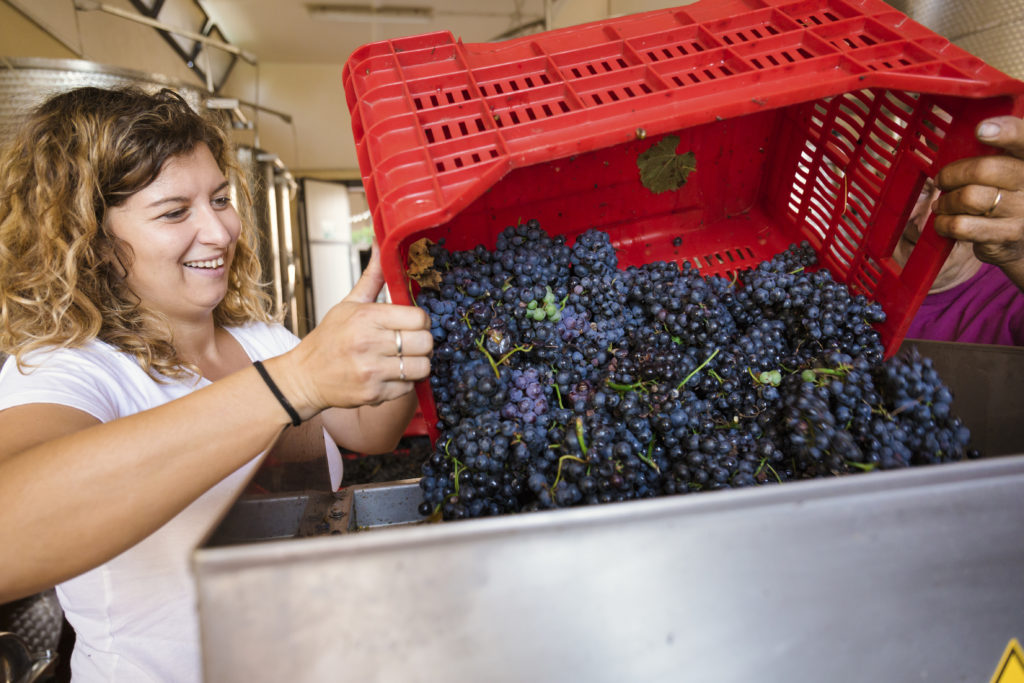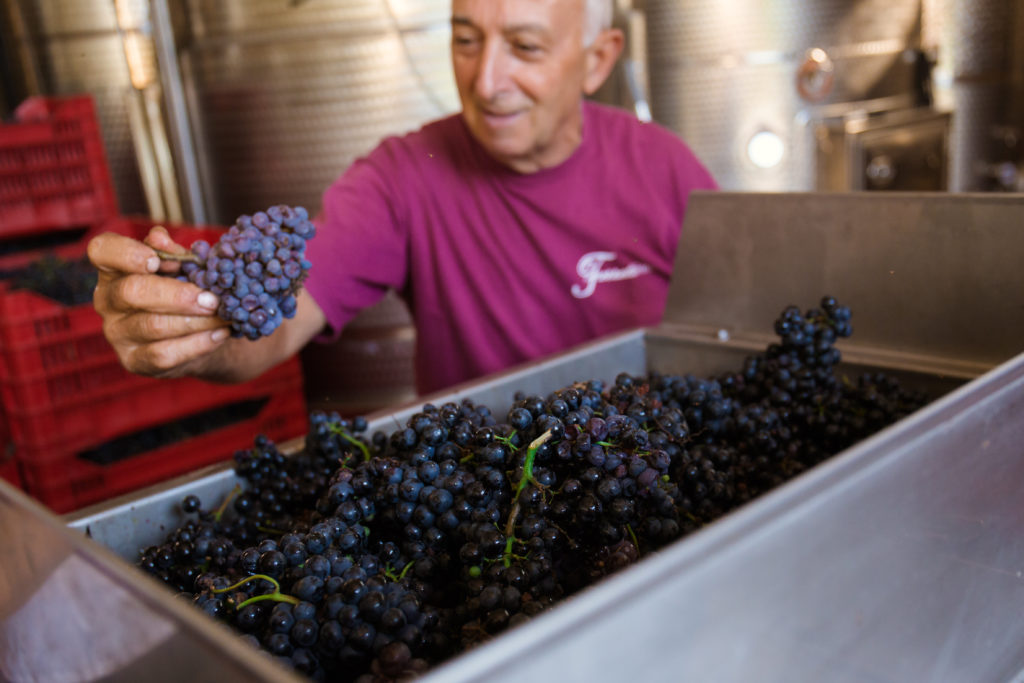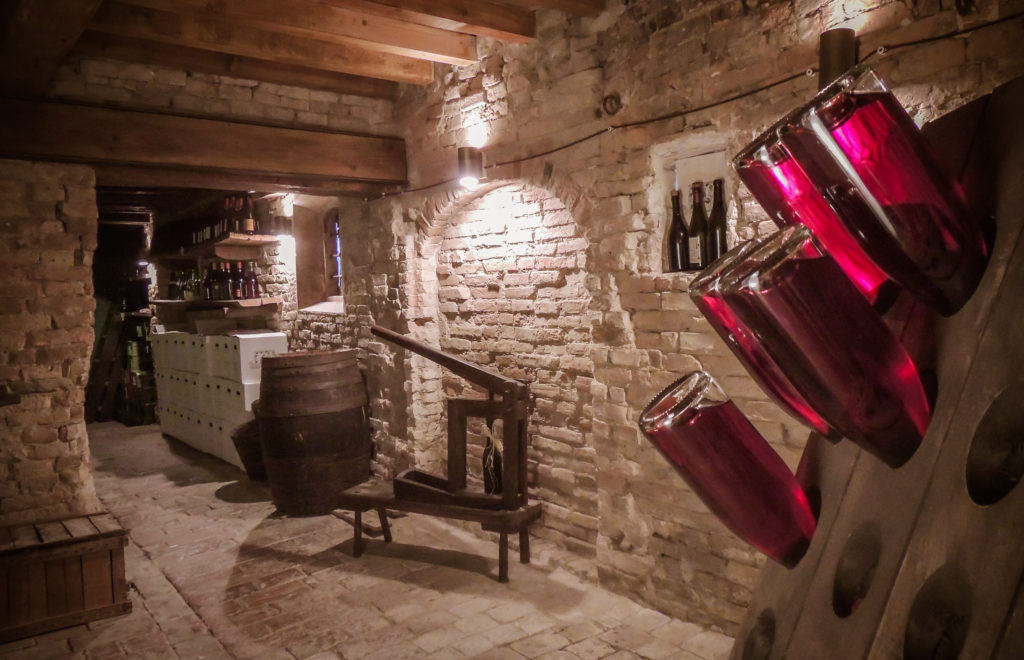Biological vinification
Our line of work embraces a sustainable developing model formally known as BIOLOGICAL.
The biological model is a farming method based on the principles of protection and promotion of the local resources, respecting the environment and focused on the safety of the consumer.
We do believe in the potentiality of a CHEMICAL FREE vineyard, respectful of the surrounding areas. We would rather aim to a quality focused production than to a quantity focused production, maintaining the necessary balance to let the vines grow and produce rich grapes.





